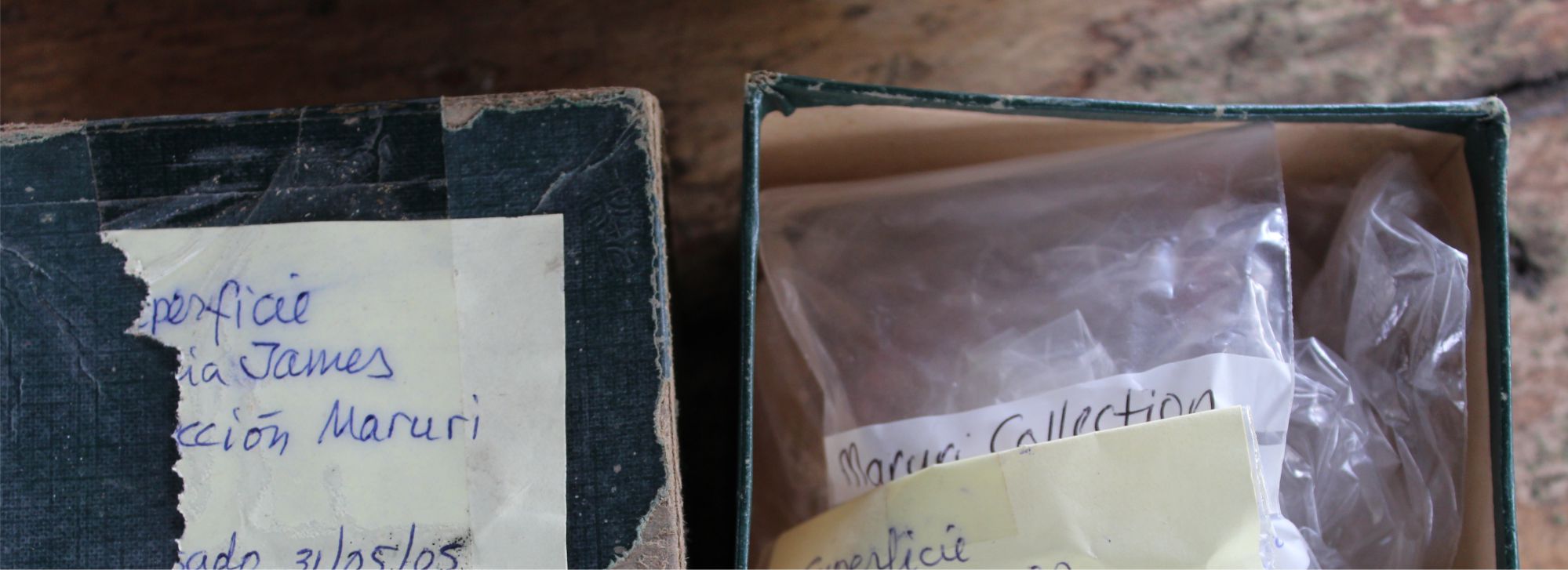Section
The traces of the islands' memory
Although the Galapagos are famous for their impressive biodiversity ─turn into a natural heritage of humanity thanks to a national park and a biosphere reserve, among others─, its historical, social and cultural richness is no less. Known since colonial times (or perhaps before) and assiduously visited by sailors, pirates, whalers and explorers, the islands are home to a little recognized and scarcely protected (in)tangible cultural heritage.
This poorly documented heritage includes archaeological remains, roads and constructions of the first colonizers, a rich toponymy, remains from the period of the World Wars, submerged materials, and a rich oral tradition, among many other elements. The writings that cover these topics have helped to recover some fragments of history and memory, but also to disseminate myths, inaccuracies and falsehoods. The lack of recognition and protection and the absence of official heritage policies, on the other hand, have facilitated plunder.
This section is aimed at identifying, recovering and making these cultural assets visible ─ as part of the wealth of the island territory, and as an essential element for the construction and development of a local identity and history.
Associated sections: Activities & projects | (In)tangible heritage; Activities & projects | Social memory; Biographies; Contents & pieces | Memory; Fragments for a history
The traces of the islands' memory 001
The Galapagos Islands are not only one of the most valuable natural heritages on the planet; they also house an interesting cultural heritage, both tangible and intangible. This includes from the archaeological remains of the first visitors to the early constructions of the settlers, going through historical artifacts, roads and routes, ports and piers and all the traces left on the islands by human presence.
The traces of the islands' memory 002
In terms of cultural heritage, a territory includes many spaces ─ as many as the functions it has fulfilled. In this sense, the Galapagos Islands have been a space for travel and discovery, one for colonization, one for industry, one for war, and a scientific space. Each of them is associated with a certain cultural heritage, both tangible and intangible, which includes buildings, documents and marks on the ground. All of these are traces left in the archipelago by human presence, and are part of the island's social memory.
The traces of the islands' memory 003
A significant part of the intangible cultural heritage of a society is made up of documentary heritage: all the documents (any material capable of accumulating and transmitting information) relating to a territory and those who inhabit it. The Galapagos documentary heritage encompasses a huge number of elements: from classic books and magazines to archaeological artifacts, as well as audiovisual media, murals and biological collections. Together, they all tell a local story: one made up of a thousand different voices, gathered over the centuries.
The traces of the islands' memory 004
Intangible heritage is understood as that part of cultural heritage that, as its name suggests, cannot be touched: a set of non-physical practices, representations, expressions, knowledge and skills that are usually part of the folklore, customs, beliefs and traditions of a place, a people and/or a community. It is a vital part of human culture. For a community, a people or a society is much more than its material culture: it is, above all, its knowledge and memories.
Text & picture: Edgardo Civallero (edgardo.civallero@fcdarwin.org.ec).
Publication date: 1 December 2021
Last update: 1 October 2023
